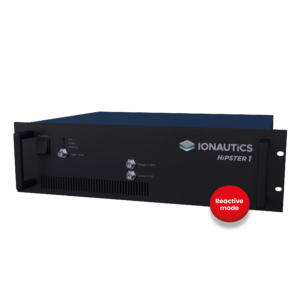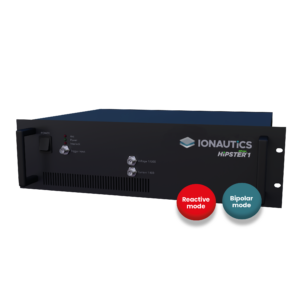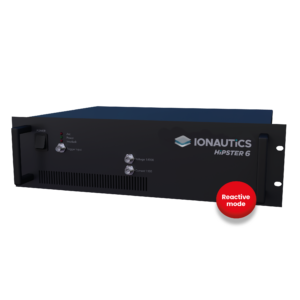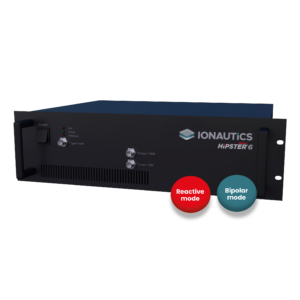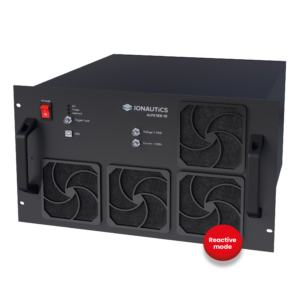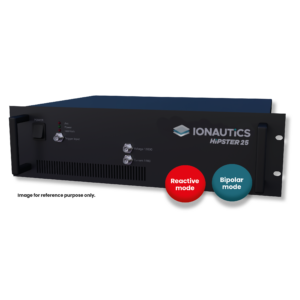Equipped by Ionautics
We are inside hundreds of systems in more than 34 countries on 5 continents.
Reviews

Qilin Fu
Research Director,
Plasmatrix Materials AB
Sweden
“HiPIMS creates a new platform for us to study ‘internal friction’ damping phenomena in composite materials and the HiPSTER 6 offers a great possibility of extending the design of experiment matrices with higher energetic particle bombardment.
With the HiPIMS technology, we are able to use the competing growth mechanism of high energetic particles to generate globular nano-crystallized structures with nano-sized grains. That has enabled the tremendous damping mechanism inside the material for generating high dynamic stiffness materials (HiDaMat), which is a challenging research topic in material science.
The technology has made it possible for us to tailor our thin film properties for other engineering perspectives, while still being attractive for industrialization.”

Dr Tetsuhide Shimizu
Advanced Materials
Processing Engineering Laboratory
Tokyo Metropolitan University
“The first time when I used HiPSTER 1 was my half year stay in Linköping University. This experience totally dispelled my negative image for HiPIMS power supply that is believed as huge system in the big cabinet with hundreds of cables, and took me on a new aspect of how the lab-use HiPIMS power supply should be.
HiPSTER 1 is very compact and has great mobility owing to its simplicity in configuration and design. You can simply connect the cables to DC power supply and magnetron cathode and you can start to ignite plasma. In particular, if you have a few different vacuum chamber systems for different purpose as often seen in the laboratory usage, you can flexibly plan the experimental schedule from one system to another.
Moreover, a new function of reactive process control using “peak target current monitoring” proved its great potential in the field of reactive sputtering. As we have experienced with HfN and TiOx deposition, great stability in wide range of reactive gas flow was successfully demonstrated.
Since last autumn 2015, we have launched a new vacuum system installed with HiPSTER 1 unit in our university. We are very much looking forward to have promising results of high functional thin film coatings.”
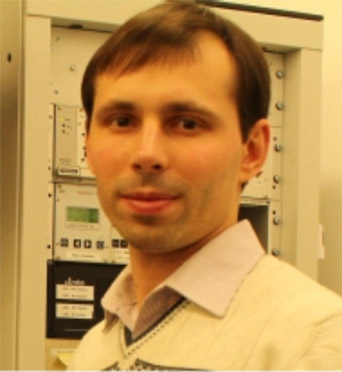
Dr Oleksandr Polonskyi
Researcher
Institute for Material Science
Kiel University
Germany
“We successfully produce Ti and TiOx nanoparticles using the HiPSTER 1 accompanied with a gas aggregation source based on 2-inch planar magnetron.
It was easy setting up the unit in our existing deposition equipment. Operation of the device is very simple using the computer interface and does not require special instructions, which is a big advantage for the University, where new students have to be involved into the experiment.
Due to our specific experimental conditions the discharge was usually running at higher pressure comparing with “normal sputtering”. Here must be mentioned very high discharge stability at this pressure range (10-200 Pa) with argon used as a working gas as well as during reactive sputtering of Ti.”

